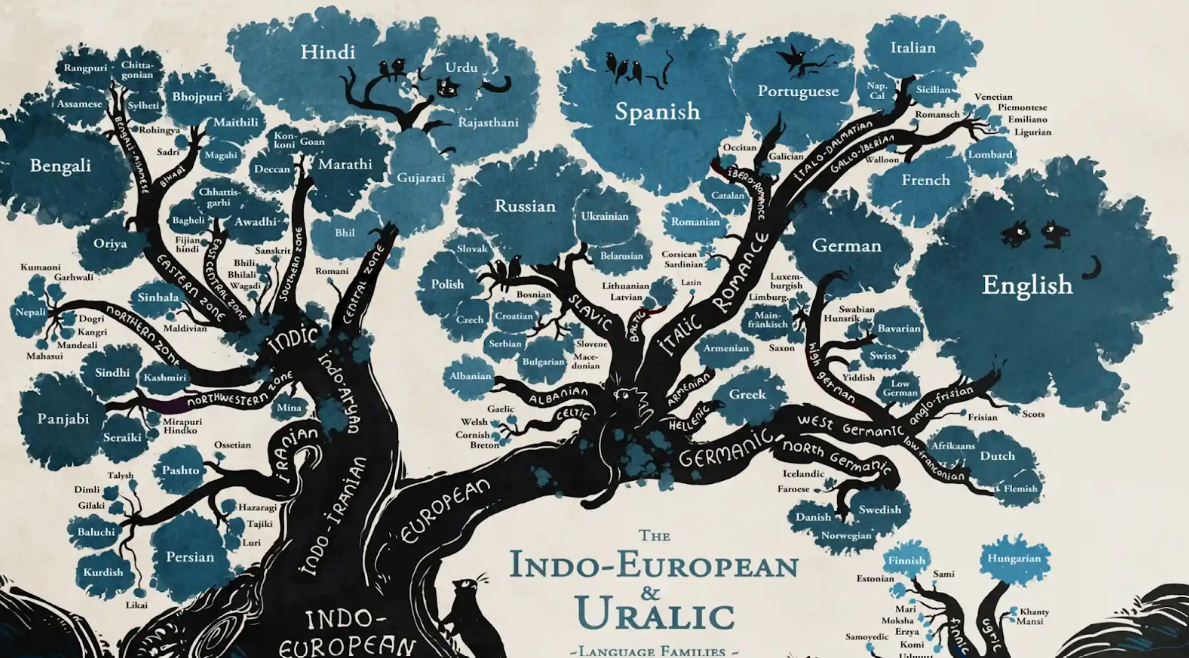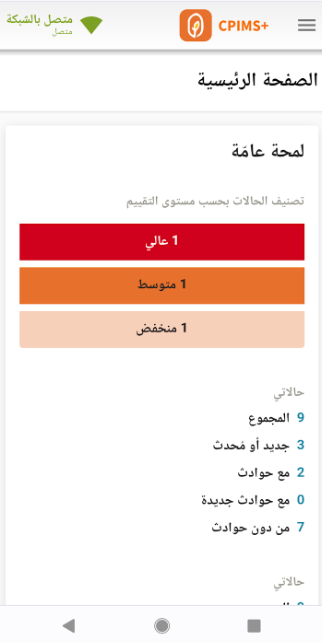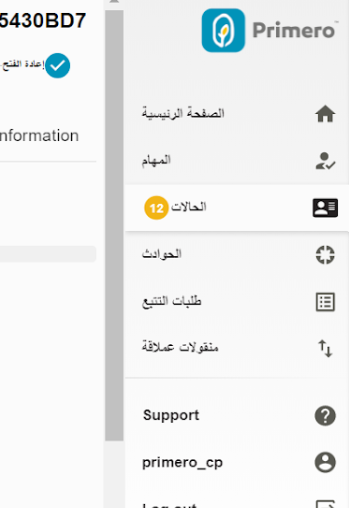Adventures in Localization
September 22, 2022

Overview: Adventures in Localization
This presentation will not cover everything there is to know about localization. I don’t have enough time or expertise for that. Things we won’t talk about:
- Localization of data (data sovereignty, etc.)
- Varying concepts of social welfare principles in different cultures.
- Accessibility (which we did implement in Primero).
- Time zones.
Instead of covering all aspects of localization, I will share what I hope are helpful anecdotes and lessons learned from the Primero project.




